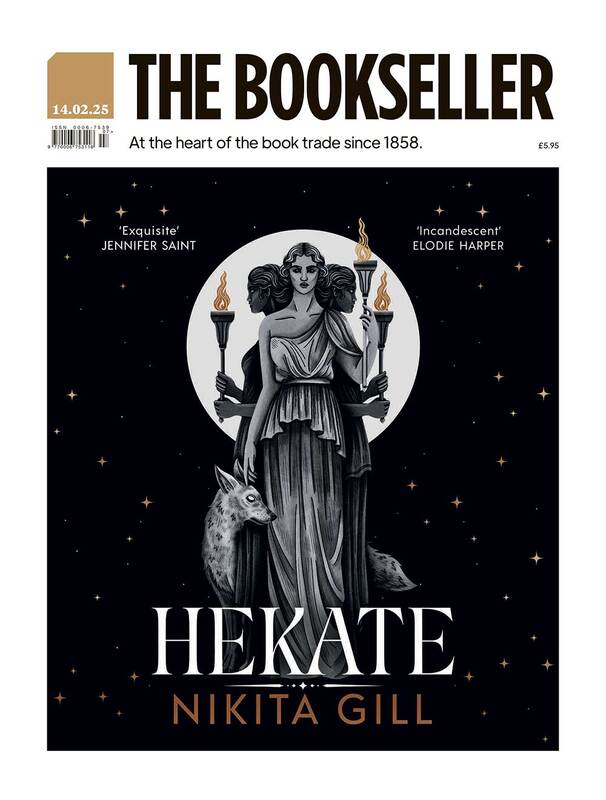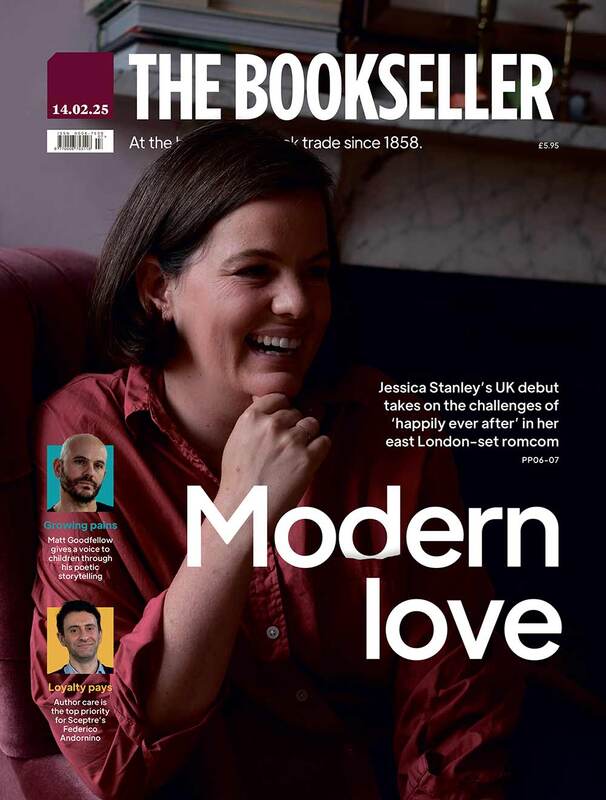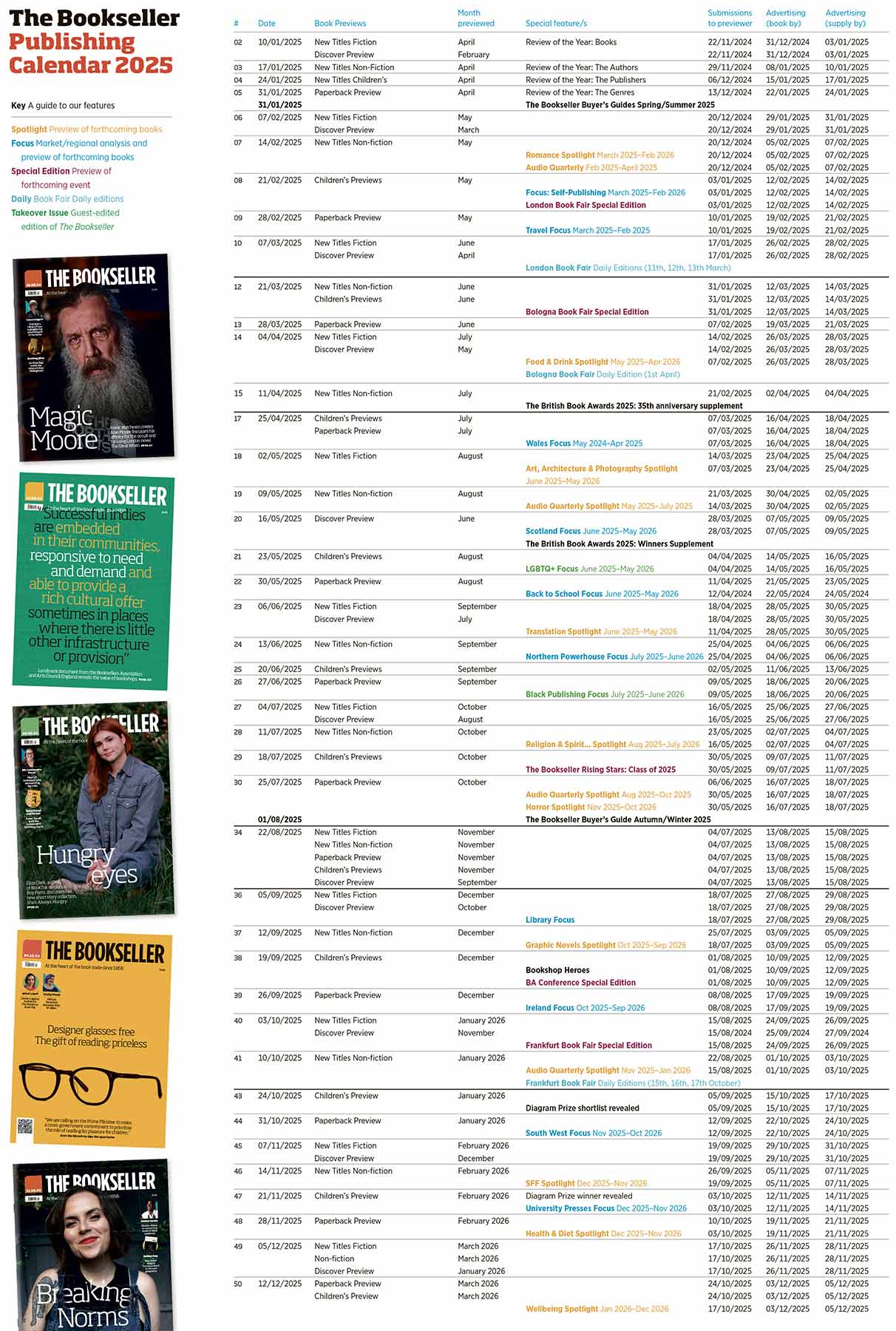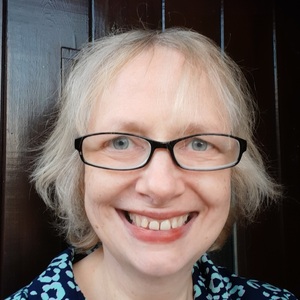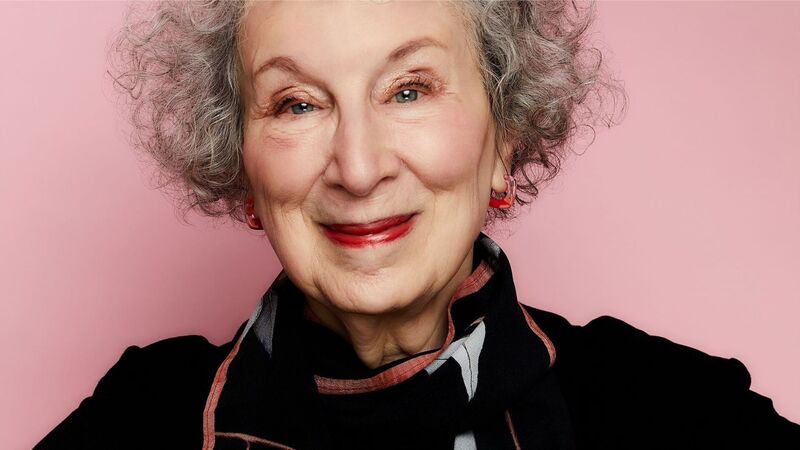You are viewing your 1 free article this month. Login to read more articles.
New eyes on an old city
Edward Rutherfurd's unique brand of intensively researched, sweeping novelistic histories have always taken time to produce. The author worked for three and a half years on Sarum (1987), and for five on London (1997). His new subject, the city of Dublin, has proved an even bigger challenge--so much so that there has had to be a last-minute change of publishing plans.
Instead of coming as a 1,000-page book in March 2004, it is now to be published in two volumes. Dublin: Foundation (Century, 4th March 2004, £12.99, 1844136841) will explore the city's development from prehistory--when it was Dubh Linn, meaning "dark pool"--to the mid 16th century. Dublin: Ascendancy will complete the story and be published one year later.
Interviewed at a trade event in Ireland earlier this autumn, Rutherfurd described the pressure: "These long projects are technically extremely difficult to do, unless you are going to cheat on the history, which I make it an absolute rule never to do. I used to put myself under enormous stress and blame myself for taking so long--I now realise it's not that at all, it's just the nature of the thing."
It is easy to see why Dublin offered an enticing theme. Rutherfurd knows the city very well; for the last decade it has been the place to which he goes to take time out from family life in America--where his wife and children are based--to write. "I commute," he explains. "If you want to be based in Europe, the best place is Ireland. It is connected to anywhere: I can nip over to my mother's in Salisbury, or I can be in Paris, or London."
And for an author who is very proud of his identity as a commercial writer--"My job is to write books people want to read, and also to give booksellers something to sell"--Dublin offers just what his readership likes, a geographical focus through which to explore Irish history, and plenty of sites people can actually visit.
"Here you've got a place you can get your hands on, where people can come and say, 'This is where that event happened.' Quite a lot of the really lovely sites people go to--the Curragh racecourse, Malahide Castle, New Grange where they have these very ancient tombs--all these are close by Dublin and form part of the story."
Underpinning Rutherfurd's novels--in which the history of a specific location is related across the centuries through fictional tales of local people and their descendants--has always been an emphasis on factual accuracy. So much so, that in some American schools his books are apparently used as set texts.
"I regard it as a moral imperative, without being pompous about it," he explains. "I think commercial authors actually have a particularly large duty not to falsify history--there are movies that do really objectionable things."
And now is an exciting time, he says, for the study of history in Dublin, as Ireland--experiencing its new prosperity within the European Union--comes truly to define itself in its own terms, rather than always in terms of that vexed relationship with England. Ireland's interpretation of its own past has been revitalised: "In the De Valera years a certain view of Irish nationalist history was encouraged--all very rural, and with the English oppressors. All of this is true, but the actual history is much more complex and subtle than that and a whole generation of scholars has said, 'Wait a minute, what was really happening?'"
The re-evaluation has demolished some fundamental myths: "These ancient Irish kings we all believed in probably didn't exist--it was the monks, later on, taking what were really pagan gods and turning them into kings because they could keep the stories they loved that way."
It also affects the sense people have of the Irish church: "I think that people, unless they know the history, presume that the very strict, puritanical Irish Catholic church was always there, and it really wasn't. It came in the 19th century with the rise of nationalism, but the old Irish church--while it was a church of great spiritual richness--wasn't like that at all. In the middle ages, for instance, it was very common for Irish priests to have wives."
The very idea of what it means to be Irish has changed, he believes. "Everyone thinks of Ireland in terms of emigration--with good reason--but down the ages it's been a country of enormous immigration. The ancestry of the Irish turns out to be a lot more like that of the English, incredibly mixed. The ancient people in Ireland were probably partly German--not exactly what the devotee of Yeats (whom I adore) would have expected. And as with London, so with Dublin you find that the immigrants come through the city, and you get a very rich and interesting story. "
Benedicte Page

